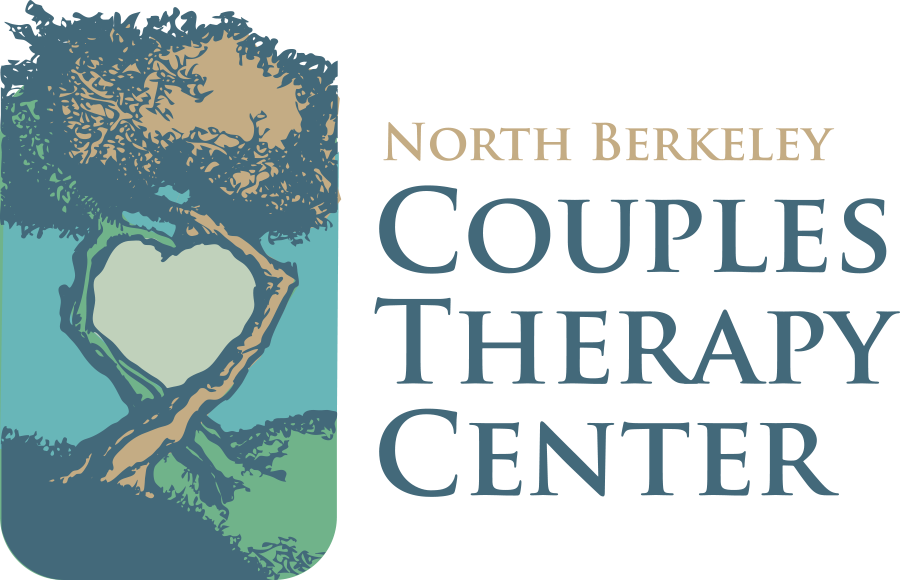The Pursuer/ Distancer Dynamic in Intimate Relationships
Early in relationship, couples typically experience an idealized bonding commonly referred to as the honeymoon stage. From a neurological standpoint, this occurs when the partners’ brains are awash with attachment hormones such as oxytocin and endorphins. The couple is largely positively focused on the other and is easy to overlook potentially problematic issues. Typical attachment styles may not manifest in this stage.
However, once the couple’s shifts past the honeymoon stage, the individual relating styles, behaviors and communication patterns reemerge. This transition may trigger the distancing and pursuing behaviors in some couples. This occurs when one partner, seeking security and to relieve anxiety, metaphorically reaches for the other (wanting more contact) and in response the second partner may feel overwhelmed and relieve anxiety by withdrawing. Once the withdrawn partner distances, the other partner often pursues even more, perhaps with criticism and anger. The cycle is then born.
For example, if Max feels anxious because his partner Alice is spending more time with her friends then previously in the honeymoon stage, he may react by demanding more attention from her. In return, Alice may feel pressured and withdraw from the relationship by making more dates with friends and working late. Max, feeling insecurely attached, may then attempt to make emotional contact with Alice by texting and calling often. Alice feels invaded and withdraws further. This is the dance of the distance-pursuer cycle. Without an understanding and insight into each other’s styles and underlying needs, this cycle can spiral into a painful situation where neither couple feels secure or satisfied.
In order to transform the distance-pursuer pattern into a healthy relationship, it is necessary to understand the dynamics of this power struggle.
Pursuers in Intimate Relationships
In order to feel secure and cared for, the pursuer wants and needs attention, closeness, and affection with her partner. She is sensitive to being ignored or perceived rejections. A pursuer will feel afraid, disappointed and anxious when her partner withdraws from the relationship. She may ask many questions, make complaints, or criticize her partner to try to establish reconnection (despite its infectivity). However, the underlying need is a desire for deeper connection and reassurance. Unfortunately, due to her reactive behaviors, the pursuer tends to inadvertently push away her partner, thereby creating more distance.
Distancers in Intimate Relationships
Someone who is wired to be a distancer when feeling anxious in relationship is much more likely to become quiet, turn inward and avoid problems/conflicts. He may resist being/feeling controlled by others by attempting to seek control first. The distancer tends to get “in their head” and use intellectualized defenses, refuse to cooperate, and become rigid and critical of his partner. While he actually does want and need connection with his partner, the consequences of the avoidant behaviors provoke criticism from his partner, which leads to further withdrawal.
The Path to a Healthier Couple’s Dynamic
Pursuers are generally skilled in communicating their needs and wants, but typically look for external soothing from their partners. It is important that a pursuer learn ways in which she can meet her own needs in the relationships before looking to her partner to soothe her anxiety. Also pursuers are very observant and often point out what is not working in the relationship (in an attempt to have their needs met). One way to shift out of the cycle is for the pursuer to consciously name what she appreciates in her relationship and about her partner.
As the pursuer learns more skills to self-sooth her anxiety, show appreciation for her partner, and trust the process of the relationship, she will cultivate the safety and emotional space for her intimate to move towards her. This will create security between the partners.
A distancer can do his part to end the power struggle in the relationship by speaking up when he feels upset, troubled or uncomfortable. He must learn to share his feelings in a vulnerable way and openly listen to his partner. Sharing more time and attention with his intimate will cultivate closeness, intimacy, trust and safety in the relationship.
Expressing love to one’s partner in the way that the partner likes to receive love will also go a long way towards creating harmony in the relationship. The pursuer needs to receive affection and soothing while the distance needs the space to come forward and trust he will not be criticized.
Couples & Marriage Counseling cultivates insight into the dynamic, leading to greater awareness, self-compassion and practice. With these new tools people can choose healthier ways to respond to their partner’s needs, rather than unconsciously reacting to their partner’s pursuing or distancing behaviors. Attachment styles can be changed through couples and individual therapy, leading to secure attachment and healthy intimate relationships. The wonderful news is that it only takes one person to end a power struggle and begin mending the relationship. Secure, loving, intimate and equitable partnerships are possible!



